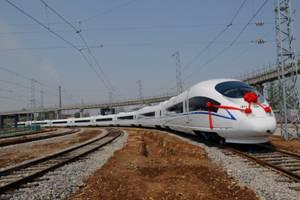
On 11 April, 2008, China s first domestically produced bullet train, which is able to run at 350 kilometers per hour, rolled off the production line.
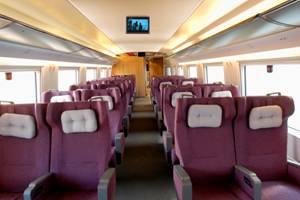
The train, the latest model in the China Railway High-speed (CRH) series, was produced in the northern city of Tangshan by the CNR Tangshan Railway Vehicle Co., Ltd which is a key state manufacture bases of high speed train .
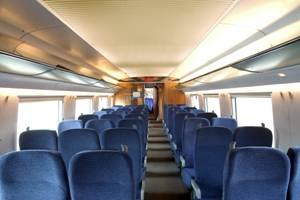
After taking the train for a 2-km test run, Minister of Railways Liu Zhijun said the train marked "a new, significant achievement in China s railway equipment modernization."
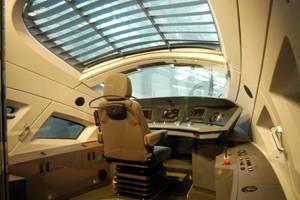
The 4M +4T eight-carriage train, with a streamlined body made of light aluminum alloy and 8,800 kW power, can seat 557 passengers.
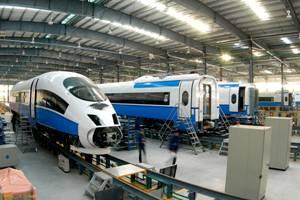
Three such trains would begin service on the new 120-km Beijing-Tianjin route before the Olympics starts in August, the manufacturer said. They will cut the travel time from 80 minutes at present to 30 minutes.

In all, 57 such trains are expected to be in commercial operation by the end of 2009.

The train is based on the Siemens ICE 3. CNR Tangshan started to cooperate with the technical support provider in 2005 and created its own platform based on the world-class technology.
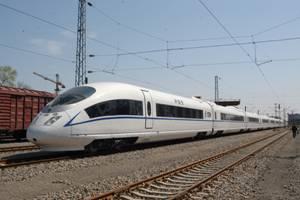
China developed the bullet train with a view to "providing equipment support for the Beijing-Shanghai high-speed railway" and "becoming a front runner in world high-speed railway technology," according to the Ministry of Railways.
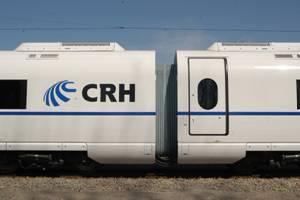
The Beijing-Tianjin railway is considered a trial line for the 1,318-km Beijing-Shanghai high-speed railway, which will be completed in five years and run at 300 km/hr to 350 km/hr.
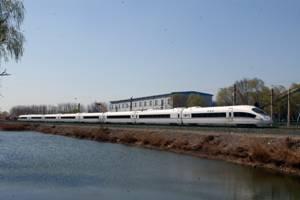
China had raised train speeds six times as of April 2007, with railways allowing a speed of more than 200 km/hr totaling 6,227 km in length.
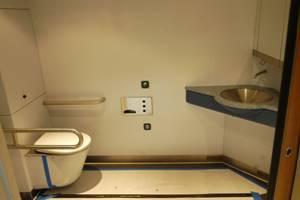
By 2020, the total length of such railways will reach 18,000 km and express train services will cover 50,000 km, benefiting 90 percent of China s population, according to the government.





